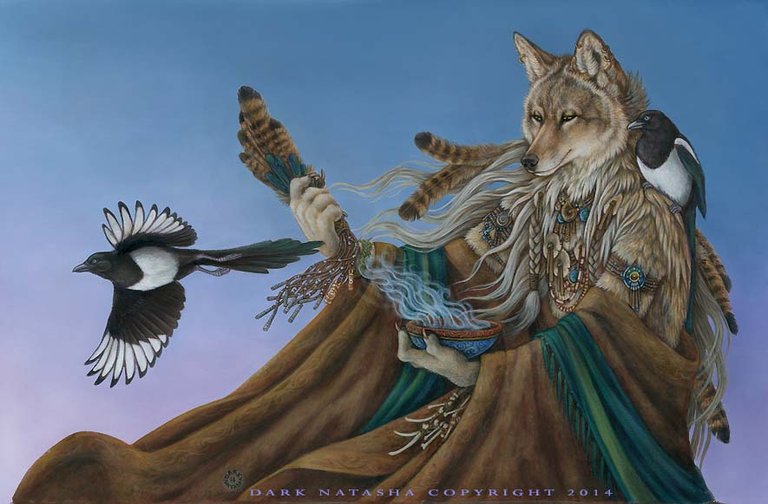Sacred Spirit: Chants and Dances of the Native Americans 🎶🎶🎶
I can only think of two ways to review this album: good and bad, and both positions are extreme. But first things first, and we should start by saying that this Sacred Spirit: Chants and Dances of the Native Americans was released in 1994, following in the wake of other albums of the time that fused ancestral chants with synthesizer music. Think of the Gregorian of Enigma or the jungle voices of Deep Forest, and the money they made with these ingredients. The authors of the invention were unknown Claus Zundel (appearing under the pseudonym "The Fearsome Brave"), Ralf Hamm and Markus Staab, who sold some 15 million copies and released a lot of scattered sequels of this popular musical work, some of them about the world of jazz and blues.

Sacred Spirit contains samples of Native American ritual chants, from the Navajo, the Pueblo, the Sioux and the Sami, wrapped by the electronics of the aforementioned guys, but without excluding from the mix the original percussions of the natives. The best known single is Yeha-Noha, which was heard strongly on the radio and probably in some TV commercials.

And now comes the controversy: what is Sacred Spirit really about? Is it a mature and artistic homage to the American Indians and their almost forgotten traditions, in order to give them new life in modern times? Or is it a gimmick that uses the exoticism of the Indians so that the same people who put them on tiny reservations a century and a half ago can continue to line their pockets at their expense? I would not dare to choose between the two options, especially because they are not mutually exclusive. On the one hand, I think that Sacred Spirit contains good music and that there is a real awareness of the suffering of the Indian people and the way in which, from being a proud race that dominated North America from coast to coast, they were practically exterminated and their descendants were belatedly turned into a tourist attraction. It should be remembered that a portion of the proceeds from the sale of each record went to the most important foundation in favor of Native American rights.

On the other hand, the music is not particularly representative of the music performed by the original tribes (why the synthesizer beats?), and as a cultural testimony of the natives it is, at the very least, adulterated. I would like to think that those who made this record thought that making an authentic recording of an Indian ritual chant would serve for its archiving and preservation, but not for its dissemination on a large scale, something much more enriching in terms of raising awareness among the mass public. But raising awareness is one thing, and making money is another. I don't know, at this point I prefer to focus on enjoying the music and leave aside the cultural connotations.
Congratulations @jimre1! You have completed the following achievement on the Hive blockchain and have been rewarded with new badge(s) :
You can view your badges on your board and compare yourself to others in the Ranking
If you no longer want to receive notifications, reply to this comment with the word
STOPCheck out the last post from @hivebuzz:
This post gives you a point for the initial distribution of our tribe's token. 🎶